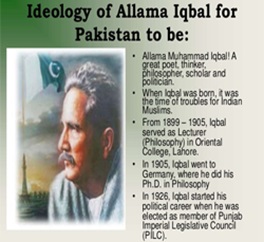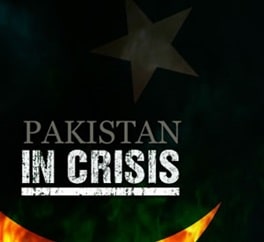1. Handover is regarded as seamless transfer of one call from one base station to other.
2. 0.577 ms is the length of the time slot.
According to RF basics, if two signals having different frequencies are transmitted with same power, the signal with low frequency will travel much far than the signal with high frequency. Propagation losses will be less for low frequency as compared to a high frequency. Hence if a GSM 900 frequency and a DCS 1800 frequency are transmitted with same power then DCS 1800 frequency will cover only half of the area covered by GSM 900 frequency.
BSC
The Base Station Controller (BSC) is in control of and supervises a number of Base Transceiver Stations (BTS). The BSC is responsible for the allocation of radio resources to a mobile call and for the handovers that are made between base stations under his control. Other handovers are under control of the MSC.
BTS
The Base Transceiver Station (BTS) is a term used to denote a base station in GSM terminology. A BTS consists of an antenna and the radio equipment necessary to communicate by radio with a Mobile Station (MS). Each BTS covers a defined area, known as a cell. A BTS is under control of aBSC, which is in turn under control of a MSC (Mobile Switching Centre).
MSC
The Mobile Switching Centre (MSC) is a telephone exchange that makes the connection between mobile users within the network, from mobile users to the public switched telephone network and from mobile users to other mobile networks.
The MSC also administers handovers to neighbouring base stations, keeps a record of the location of the mobile subscribers, is responsible for subscriber services and billing.
Base Station
A base station is a radio transmitter/receiver, including an antenna, used in a mobile telecommunications network. The base station maintains the communication between the network and the mobile users through a radio link.
The geographic area covered by a base station is called a cell.
In UMTS, the base station is called Node B.
MS
A Mobile Station is a device used by a mobile user to access the mobile network. The MS typically consists of the mobile telephone equipment and a Subscriber Identity Module (SIM).
Cell
A cell is the geographic area that is covered by a single base station in acellular network. A network for wireless communications is comprised of a large number of base stations to efficiently use radio spectrum to cover the service area. Geographically separated frequencies may be reused many times.
Muhammad Abdur Rehman




























.jpg)














